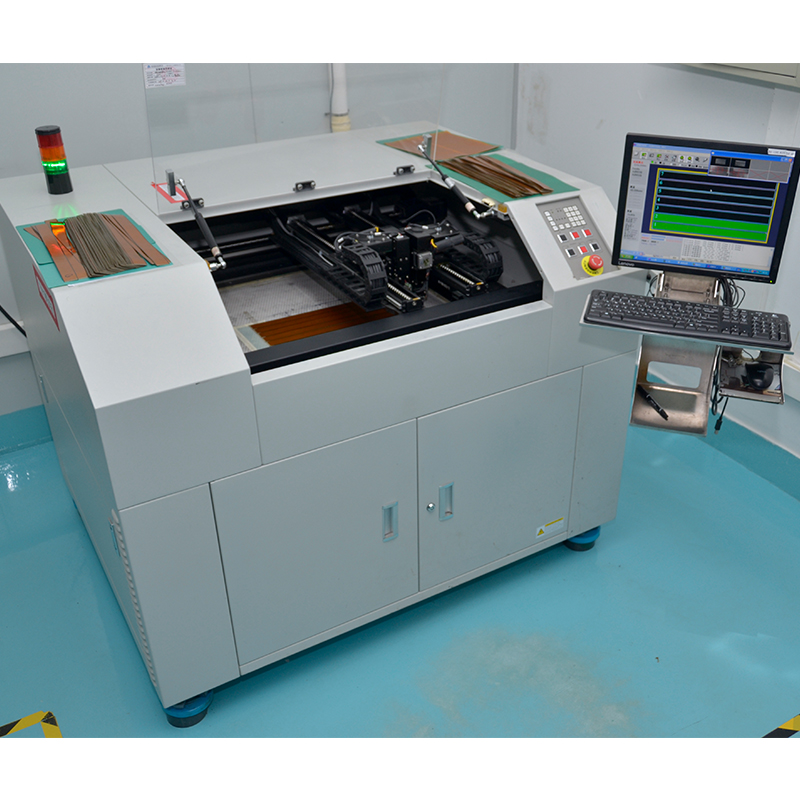Choosing appropriate thermal control and heat dissipation materials for three-layer PCBs is critical to reducing component temperatures and ensuring overall system stability. As technology advances, electronic devices become smaller and more powerful, resulting in increased heat generation. This requires effective thermal management strategies to prevent overheating and potential equipment failure. In this blog post, we will guide you on how to choose the right materials for thermal control and heat dissipation in 3-layer PCBs.
1. Understand the importance of thermal management
Thermal management is critical to ensuring reliable operation of electronic devices. Excess heat can lead to reduced performance, increased power consumption, and shortened service life. Proper cooling is critical to keeping component temperatures within safe limits. Neglecting thermal management can lead to thermal stress, component degradation, or even catastrophic failure.
2. Key Considerations for Thermal Control Materials
When selecting thermal management materials for 3-layer PCBs, the following factors should be considered:
- Thermal conductivity: The ability of a material to conduct heat effectively is critical. High thermal conductivity quickly dissipates heat from components to the surrounding environment. Materials such as copper and aluminum are widely used due to their excellent thermal conductivity properties.
- Electrical insulation: Since a 3-layer PCB contains multiple layers with various electronic components, it is important to choose materials that provide effective electrical insulation. This prevents short circuits and other electrical faults in the system. Thermal management materials with good electrical insulating properties are preferred, such as ceramics or silicon-based compounds.
- Compatibility: The selected materials should be compatible with the manufacturing process used to produce 3-layer PCBs. They should be suitable for lamination and have good adhesion to other layers of the PCB.
3. Heat dissipation material for 3-layer PCB
To enhance the thermal performance of a 3-layer PCB, a variety of materials and technologies can be used:
- Thermal Interface Materials (TIM): TIM reduces thermal resistance by improving heat transfer between components and heat sinks. These materials fill the microscopic air gaps between surfaces and come in a variety of forms, including thermal pads, gels, pastes and phase change materials. TIM selection depends on factors such as thermal conductivity, consistency and reworkability.
- Radiator: Radiator provides a larger surface area to dissipate heat. They are typically made of aluminum or copper and attached to high-power components using thermal adhesive or mechanical fasteners. Heat sink design and placement should be optimized to ensure effective heat dissipation.
- Circuit Board Layout: Proper PCB layout plays an important role in heat dissipation. Grouping high-power components together and ensuring adequate spacing between them allows for better airflow and reduces heat concentration. Placing heating components near the outer layer of the PCB promotes efficient heat dissipation through convection.
- Vias: Vias can be strategically placed to conduct heat from the inner layers of the PCB to the outer layers or to a heat sink. These vias act as thermal pathways and enhance heat dissipation. Proper positioning and distribution of vias is critical for optimal thermal management.
4. Optimize system stability through effective thermal control
The stability of a 3-layer PCB system can be significantly improved through careful selection and implementation of appropriate thermal management materials. Adequate thermal management reduces the risk of overheating and ensures the longevity of electronic components, thereby increasing system reliability.
In summary
Selecting the correct thermal management and heat dissipation materials for a 3-layer PCB is critical to preventing overheating and ensuring system stability. Understanding the importance of thermal management, considering factors such as thermal conductivity and electrical insulation, and utilizing materials such as TIMs, heat sinks, optimized board layout, and strategically placed vias are important steps in achieving optimal thermal control. By prioritizing thermal management, you can safeguard the performance and longevity of your electronic devices.
Post time: Oct-05-2023
Back







